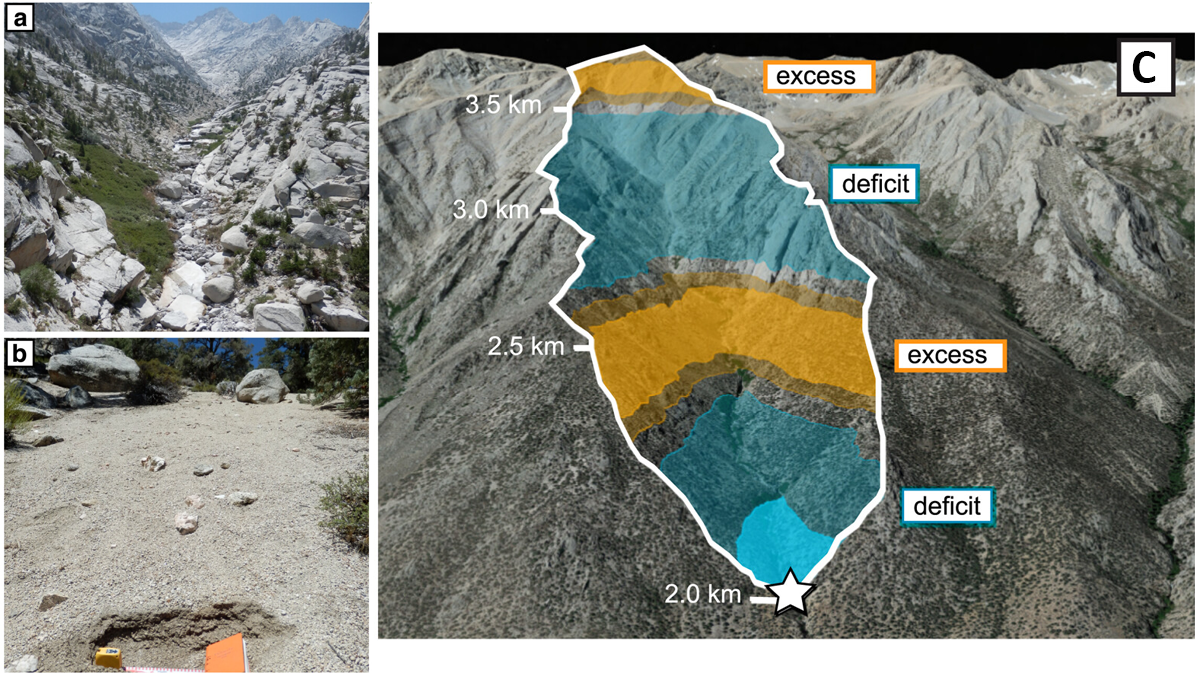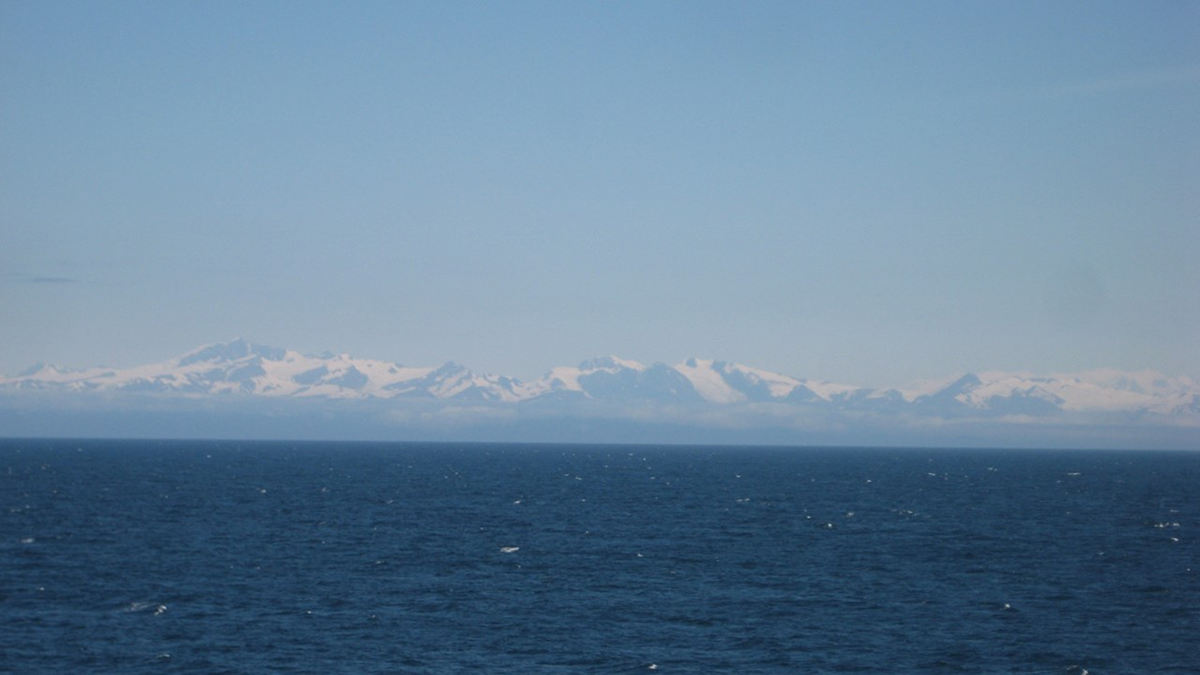Sticky substances secreted by microbes may help create landforms on Earth. And new research shows that these substances are more preserved in iron-rich sediment. Mars is decidedly iron-rich (it’s the Red Planet, after all), so the new study adds to evidence that microbe goo could help researchers explain landform creation there. “I think this is […]
sediments
Here’s How Artemis Astronauts Will Navigate on the Moon
The next wave of lunar explorers is headed to terrain that promises to be both stunning and challenging. Here’s how they’ll cope with some of the difficulties they’ll encounter.
There is No JOIDES in Mudville
After almost 4 decades of research, the JOIDES Resolution will retire in 2024, leaving the ocean floor in peace (for now).
Revealing a Catchment’s Erosional Secrets: Grain Size Matters
A provenance study with 699 new samples from 12 different sediment grain sizes (from sand to boulder) shows that each fraction originates from distinct parts of a mountain catchment in California.
Water Corridors Helped Homo sapiens Disperse out of Africa
Wetland conditions during the last interglacial period in parts of the Levant helped propel our ancestors into Arabia, new research suggests.
Arctic Warming Triggers Abrupt Ecosystem Shift in North America’s Deepest Lake
Great Slave Lake’s huge cold water mass shielded it from impacts of the rapidly warming climate—until now.
Melting Glaciers as a Source of Lead in Coastal Waters
New experiments show how lead circulates through glaciers, meltwater, and sediments in polar environments.
Hurricane Harvey Filled Houston with Sediment
The storm’s record-setting rains moved an equally impressive amount of sediment and elevated the risk and expense of absorbing all that muck.
Ancient Mars May Have Had a Cyclical Climate
Hexagonal structures in sediments are evidence of repeated wet and dry conditions on the Red Planet.
Marine Sediments Reveal Past Climate Responses to CO2 Changes
Climate records stored in marine sediments reveal different ice sheet and ocean responses to falling atmospheric CO2 concentrations from the warm Pliocene to the ice ages of the Pleistocene.










